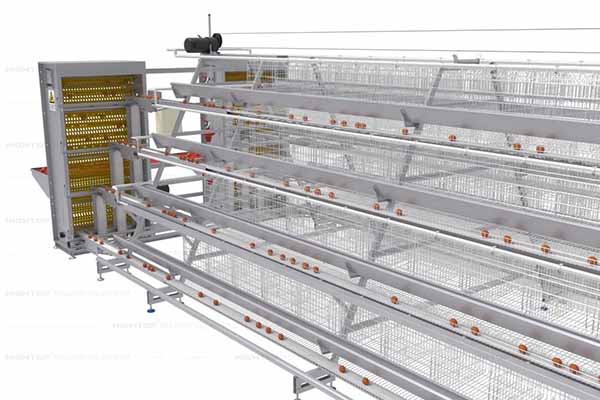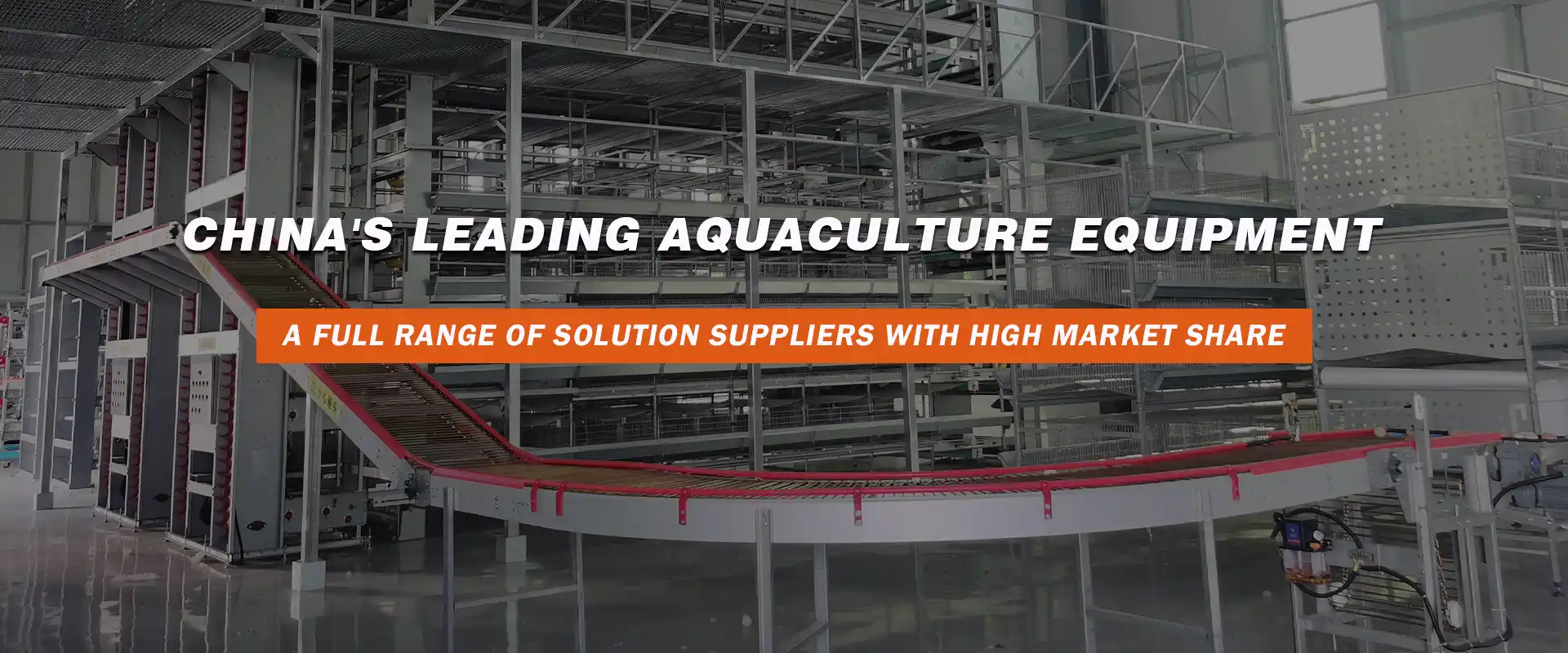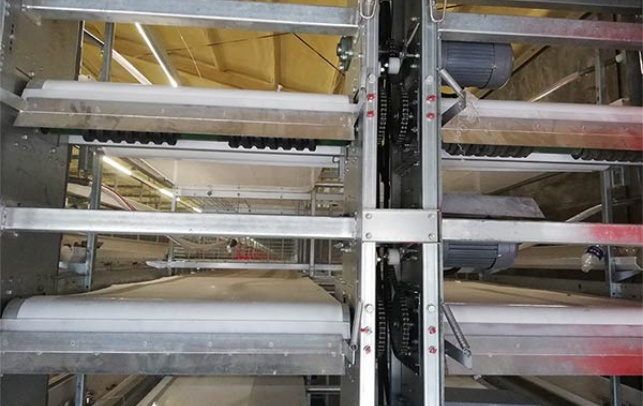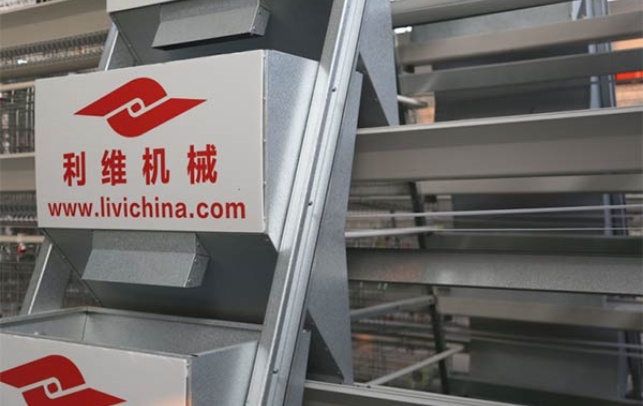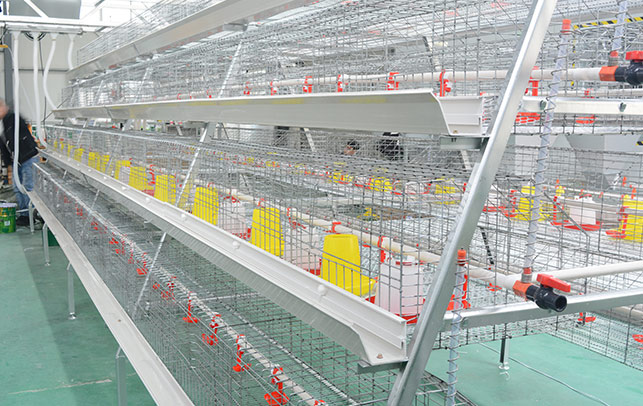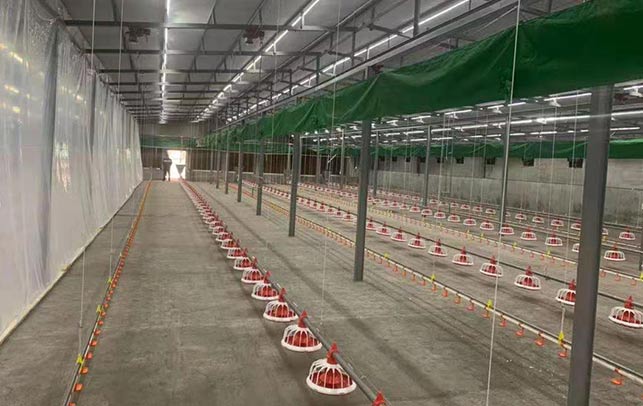Comparison of Tanzanian Chicken Farms Before and After Automation Transformation
Time : 2025-07-26
As a leading poultry equipment manufacturer from China, Livi Machinery has witnessed the remarkable transformation of Tanzanian chicken farms through automation. In this article, we will delve into a comprehensive comparison of Tanzanian chicken farms before and after the automation transformation, showcasing the benefits and challenges that accompany this technological shift.
Introduction to Tanzanian Chicken Farms
Tanzania, a country located in East Africa, has been a significant player in the African poultry industry. Chicken farming has been a vital source of income for many Tanzanians, and the industry has seen steady growth over the years. However, traditional chicken farming methods have been limited by manual labor, inefficient management, and poor biosecurity measures.
Pre-Automation Tanzanian Chicken Farms
Before the automation transformation, Tanzanian chicken farms primarily relied on manual labor for various tasks such as feeding, watering, cleaning, and monitoring the health of the chickens. The following were some of the challenges faced by these farms:
1. Manual Labor Intensive: The majority of tasks in chicken farming were labor-intensive, requiring a large workforce to ensure the farm’s smooth operation.
2. Inefficient Management: Lack of technology made it difficult to manage the farm effectively, resulting in inefficient use of resources and increased risks of disease outbreaks.
3. Poor Biosecurity: Traditional methods of biosecurity were inadequate, leading to higher mortality rates and financial losses for farmers.
4. Limited Productivity: The lack of automation limited the farm’s productivity, as it was challenging to scale up operations to meet the growing demand for chicken meat and eggs.
The Automation Transformation
The automation transformation in Tanzanian chicken farms has brought about significant changes, improving efficiency, productivity, and biosecurity. Here’s a look at the key aspects of this transformation:
1. Automated Feeding and Watering Systems: Modern chicken farms in Tanzania now utilize automated feeding and watering systems, ensuring that the chickens receive the right amount of feed and water at the right time. This not only saves labor but also improves the overall health of the chickens.
2. Automated Monitoring and Management: With the help of advanced technology, such as IoT (Internet of Things) devices, farmers can now monitor the health, growth, and behavior of their chickens in real-time. This allows for timely interventions and reduces the risk of disease outbreaks.
3. Improved Biosecurity: Automation has played a crucial role in enhancing biosecurity measures on Tanzanian chicken farms. Automated systems help minimize human contact with the chickens, reducing the risk of disease transmission.
4. Increased Productivity: The automation transformation has significantly increased the productivity of Tanzanian chicken farms. With fewer manual tasks, farmers can focus on other aspects of farm management, such as marketing and expansion.
Benefits of Automation Transformation
The automation transformation has brought numerous benefits to Tanzanian chicken farms, including:
1. Reduced Labor Costs: Automated systems have significantly reduced the need for manual labor, allowing farmers to cut costs and increase their profits.
2. Enhanced Productivity: With automation, chicken farms can produce more meat and eggs in less time, meeting the growing demand for poultry products.
3. Improved Biosecurity: Automated systems have helped to minimize the risk of disease outbreaks, ensuring the long-term sustainability of the chicken farms.
4. Increased Efficiency: Automation has streamlined various processes on the farm, making them more efficient and less time-consuming.
Challenges of Automation Transformation
While the automation transformation has brought numerous benefits, it also comes with its own set of challenges:
1. High Initial Investment: The cost of implementing automation systems can be high, making it difficult for small-scale farmers to adopt these technologies.
2. Training and Skill Development: Farmers and workers need to be trained to operate and maintain the automated systems, which can be a challenge for those with limited resources.
3. Energy Consumption: Automated systems require a steady supply of electricity, which can be a problem in areas with unreliable power sources.
4. Dependence on Technology: As with any technological system, there is always the risk of system failures or cyber threats, which can disrupt farm operations.
Conclusion
The automation transformation has revolutionized the Tanzanian chicken farming industry, bringing about significant improvements in efficiency, productivity, and biosecurity. While there are challenges associated with this transformation, the long-term benefits outweigh the drawbacks. As a leading poultry equipment manufacturer, Livi Machinery is committed to supporting Tanzanian chicken farmers in their journey towards automation, helping them achieve sustainable growth and success.
